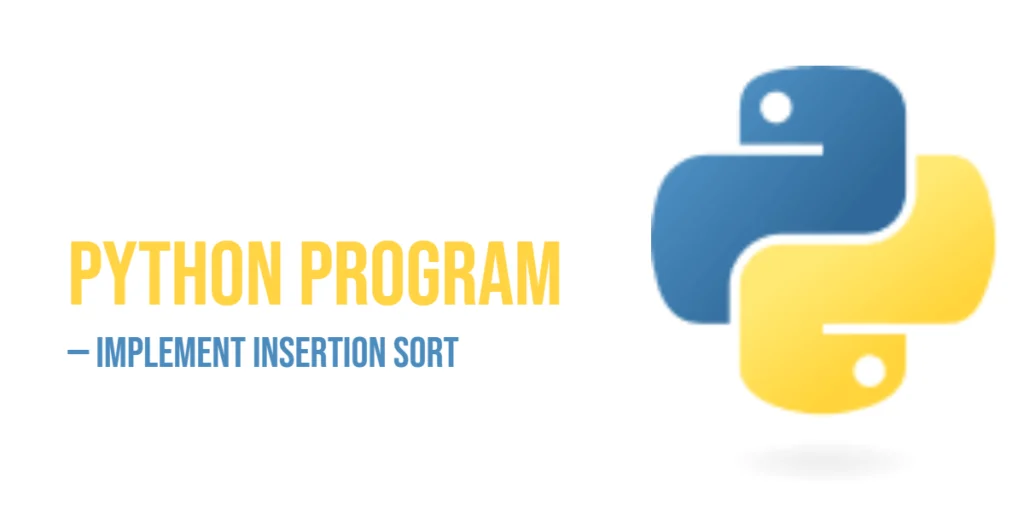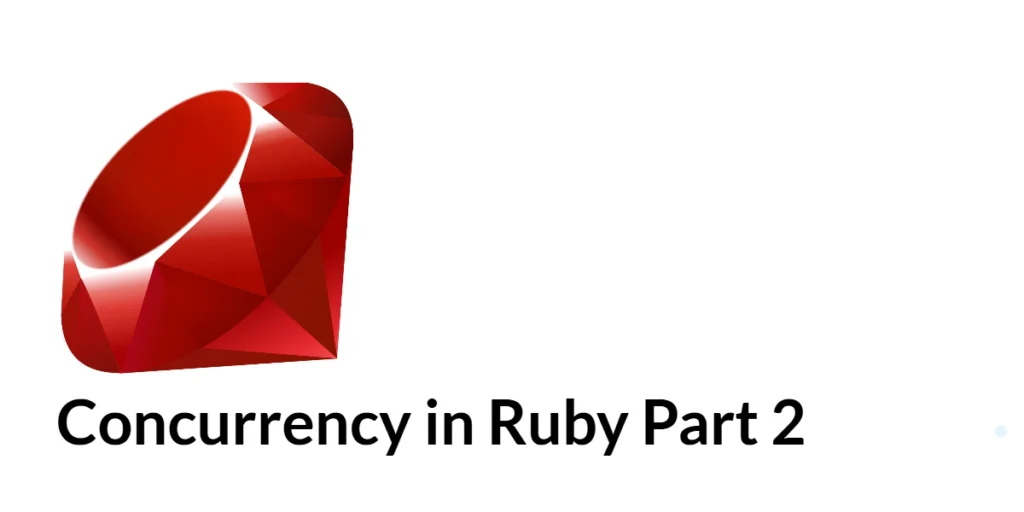Sorting is one of the fundamental tasks in programming, and Shell Sort offers an efficient way to handle larger arrays compared to simple sorting methods like Bubble Sort or Insertion Sort. Shell Sort improves the process by comparing elements that are far apart and reducing the gap between elements gradually, making it faster than basic comparison-based sorting algorithms. This approach is particularly useful when working with medium-sized datasets or when minimizing comparisons is important.

with hands-on learning.
get the skills and confidence to land your next move.
The algorithm was developed by Donald Shell in 1959, and it combines the idea of insertion sort with a clever way to move elements over larger gaps initially. Shell Sort is widely applied in scenarios such as database indexing, real-time applications, and game development, where sorting performance matters. By implementing Shell Sort in C#, beginners can learn about loops, arrays, and the concept of gap-based sorting, which provides a deeper understanding of algorithm efficiency.
Program 1: Basic Shell Sort Using Loops
This program demonstrates the classic Shell Sort algorithm on an integer array using a loop-based approach. It gradually reduces the gap and sorts subarrays.
using System;
class Program
{
static void ShellSort(int[] arr)
{
int n = arr.Length;
for (int gap = n / 2; gap > 0; gap /= 2)
{
for (int i = gap; i < n; i++)
{
int temp = arr[i];
int j = i;
while (j >= gap && arr[j - gap] > temp)
{
arr[j] = arr[j - gap];
j -= gap;
}
arr[j] = temp;
}
}
}
static void Main()
{
int[] arr = { 12, 34, 54, 2, 3, 7, 22, 18 };
ShellSort(arr);
Console.WriteLine("Sorted array:");
foreach (int num in arr)
Console.Write(num + " ");
Console.WriteLine();
}
}In this version, the gap is initially set to half the array size and is reduced by half in each iteration. Subarrays separated by the gap are sorted using insertion-like comparisons. Beginners can understand how Shell Sort efficiently reduces disorder in the array with fewer comparisons than simple insertion sort.
Program 2: Shell Sort With Floating-Point Numbers
This example shows Shell Sort applied to floating-point numbers, demonstrating that the algorithm is not limited to integers.
using System;
class Program
{
static void ShellSort(float[] arr)
{
int n = arr.Length;
for (int gap = n / 2; gap > 0; gap /= 2)
{
for (int i = gap; i < n; i++)
{
float temp = arr[i];
int j = i;
while (j >= gap && arr[j - gap] > temp)
{
arr[j] = arr[j - gap];
j -= gap;
}
arr[j] = temp;
}
}
}
static void Main()
{
float[] arr = { 12.5f, 34.2f, 2.1f, 7.6f, 3.3f, 54.8f };
ShellSort(arr);
Console.WriteLine("Sorted floating-point array:");
foreach (float num in arr)
Console.Write(num + " ");
Console.WriteLine();
}
}By applying Shell Sort to floating-point numbers, beginners can see that the comparison-based logic works the same for any numeric type, which makes the algorithm versatile and applicable to real-world datasets.
Program 3: Shell Sort With Descending Order
This variation demonstrates how to modify Shell Sort to sort numbers in descending order. The main logic remains similar, but the comparison changes direction.
using System;
class Program
{
static void ShellSortDescending(int[] arr)
{
int n = arr.Length;
for (int gap = n / 2; gap > 0; gap /= 2)
{
for (int i = gap; i < n; i++)
{
int temp = arr[i];
int j = i;
while (j >= gap && arr[j - gap] < temp)
{
arr[j] = arr[j - gap];
j -= gap;
}
arr[j] = temp;
}
}
}
static void Main()
{
int[] arr = { 12, 34, 54, 2, 3, 7, 22, 18 };
ShellSortDescending(arr);
Console.WriteLine("Array sorted in descending order:");
foreach (int num in arr)
Console.Write(num + " ");
Console.WriteLine();
}
}This program highlights the flexibility of Shell Sort. Beginners learn that small changes in the comparison operator can completely reverse the sort order without affecting the underlying efficiency of the algorithm.
Program 4: Shell Sort With Recursion
Although Shell Sort is typically implemented using loops, it can also be written recursively to handle the gap reduction in a functional style.
using System;
class Program
{
static void ShellSortRecursive(int[] arr, int gap)
{
if (gap <= 0) return;
for (int i = gap; i < arr.Length; i++)
{
int temp = arr[i];
int j = i;
while (j >= gap && arr[j - gap] > temp)
{
arr[j] = arr[j - gap];
j -= gap;
}
arr[j] = temp;
}
ShellSortRecursive(arr, gap / 2);
}
static void Main()
{
int[] arr = { 29, 10, 14, 37, 13, 7 };
ShellSortRecursive(arr, arr.Length / 2);
Console.WriteLine("Sorted array using recursive Shell Sort:");
foreach (int num in arr)
Console.Write(num + " ");
Console.WriteLine();
}
}The recursive approach provides a different perspective, showing beginners that Shell Sort can be implemented in multiple ways while retaining its efficiency. Recursion also reinforces the concept of divide-and-conquer strategies.
Frequently Asked Questions (FAQ)
Q1: What is Shell Sort?
Shell Sort is a gap-based sorting algorithm that improves insertion sort by comparing elements far apart first and reducing the gap over time.
Q2: Is Shell Sort faster than Insertion Sort?
Yes, Shell Sort is generally faster because it moves elements over larger gaps in the early passes, reducing the number of shifts required.
Q3: Can Shell Sort handle floating-point numbers?
Absolutely. Shell Sort works with any comparable numeric type, including integers and floating-point numbers.
Q4: Is Shell Sort stable?
No, Shell Sort is not a stable algorithm because elements with equal values may change their relative order during the gap-based passes.
Q5: Can Shell Sort sort in descending order?
Yes, by changing the comparison operator, Shell Sort can easily sort arrays in descending order.
Conclusion
Shell Sort is a powerful and flexible sorting algorithm that strikes a balance between simplicity and efficiency. By using gap-based comparisons, it reduces the number of shifts required compared to simple insertion sort, making it suitable for medium-sized arrays. Beginners can benefit from experimenting with different numeric types, descending order sorting, and recursive implementations, which helps solidify understanding of loops, arrays, and algorithmic thinking. Practicing Shell Sort in C# is an excellent way to improve problem-solving skills and familiarity with fundamental sorting techniques.







